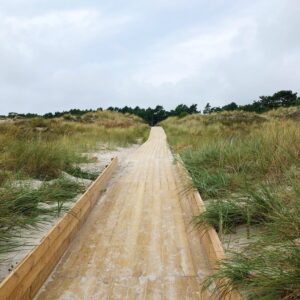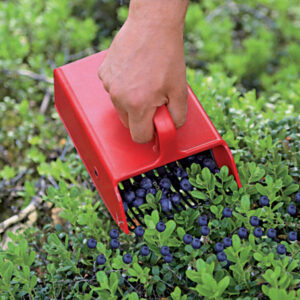
The Law
At Ingebretsen’s, we are huge proponents of being outside throughout the year (you can read about Friluftsliv in winter here). In 1994, Swedish Parliament passed a law, Allemansrätten – The Right of Public Access, or commonly known as “every man’s right.” This allows people in Sweden the “Freedom to Roam” on public land. By ‘public land,’ the law includes any land or body of water in the country! People in Sweden can hike, swim, camp, and forage within certain parameters, wherever they like in the Swedish countryside. Aside from private gardens, and within 70 meters from homes and dwellings, all land is for public use.
Berries, flowers, fruit and fish can be collected as long as the land is not protected, like national parks, reserves, or heritage sites. The law is accompanied with a trust that those adventuring in Sweden will honor their responsibility to the land. And of course respect towards each other.
To promote their gorgeous and open landscapes, the tourism board actually put the whole country on AirBnB. You can see their promotional video here!
Foraging
Foraging has risen in popularity over the last decade, especially in Scandinavia where New Nordic Cuisine shines a light on hyper seasonal and local food. Aside from rare plants and large scale chopping of trees or branches, the Swedish forests and meadows are open to anyone to find their own food.
The number one rule of foraging – always worth repeating – do not eat anything unless you are certain of what it is. Many berries and mushrooms are poisonous to humans and look like other fruits. During summer in Sweden, you might find lingonberries, blueberries, raspberries, strawberries, evening primrose, bishop’s lace, sorrel, cep mushrooms and more.
You can read more about foraging in Sweden here –
Local Fare
Here in Minnesota, rhubarb is already popping up in many backyards. Other late spring and early summer finds include mushrooms like morels, fiddlehead ferns, and ramps. Throughout the summer come berries, milkweed pods and more that can be found on public lands and even in urban environments.
Things to consider while urban foraging:
- Park laws; “public parks” does not mean a free for all when it comes to picking fruits, nuts, and leaves in the Twin Cities. Saint Paul prohibits picking in public parks, but Minneapolis has recently changed it’s laws on this, as long as your foraging is not for commercial use. You can get ticketed if you pick in prohibited areas, so make sure to look up where you plan to go beforehand.
- Contamination; water and run-off can be an issue as well as air pollution. Make sure to thoroughly wash any urban finds, peel roots, and be selective about leafy greens.
- Private property; of course you need explicit permission to pick plants on any private property, even if it’s a common weed!

A local organization, Four Season Foraging, teaches workshops on urban foraging here in the Twin Cities. We’ve collected some of our favorite tools and accessories for foraging fun, and the best part, cooking your finds! Shop here.